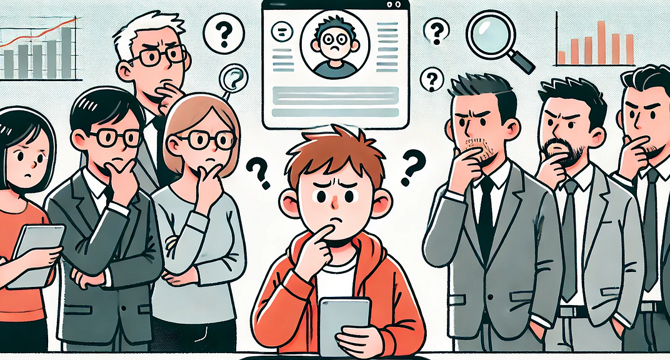Medium
1M
385

Image Credit: Medium
How “customer obsession” could land you in legal trouble
- Customer obsession, a common practice in product organizations, involves linking decisions to user research and feedback to build products tailored to market preferences.
- However, customer obsession can create power imbalances, allowing companies to use behavioral data to manipulate user decisions through dark patterns, as seen in tactics like misleading UI designs.
- An example of this is highlighted at McDonald's, where meal pricing remains the same regardless of the drink size chosen, leading to consumer irritation and exploitation of customer vulnerability.
- Such exploitative UX practices raise legal questions, with consumer protection laws struggling to keep pace with the complexities of online retail and dark patterned UX.
- Entities like the FTC have started scrutinizing digital designs for unfair or deceptive practices, leading to legal actions against companies like Fashion Nova and H&R Block for misleading consumers.
- Consumers are seeking recourse through false advertising law, as evidenced by cases like Target facing a $5 million settlement for artificially low pricing tactics.
- Proposed legislation, such as the DETOUR Act introduced by Senator Mark Warner, aims to address manipulative user interfaces that impair user decision-making and autonomy, potentially impacting digital design practices.
- The legal landscape is evolving to address exploitative practices in customer obsession, emphasizing the need for a more ethical and legally compliant approach in product organizations.
- As legal frameworks adapt to address dark patterns in customer obsession, companies are urged to reevaluate their practices to align with evolving consumer protection laws and standards.
Read Full Article
23 Likes
For uninterrupted reading, download the app